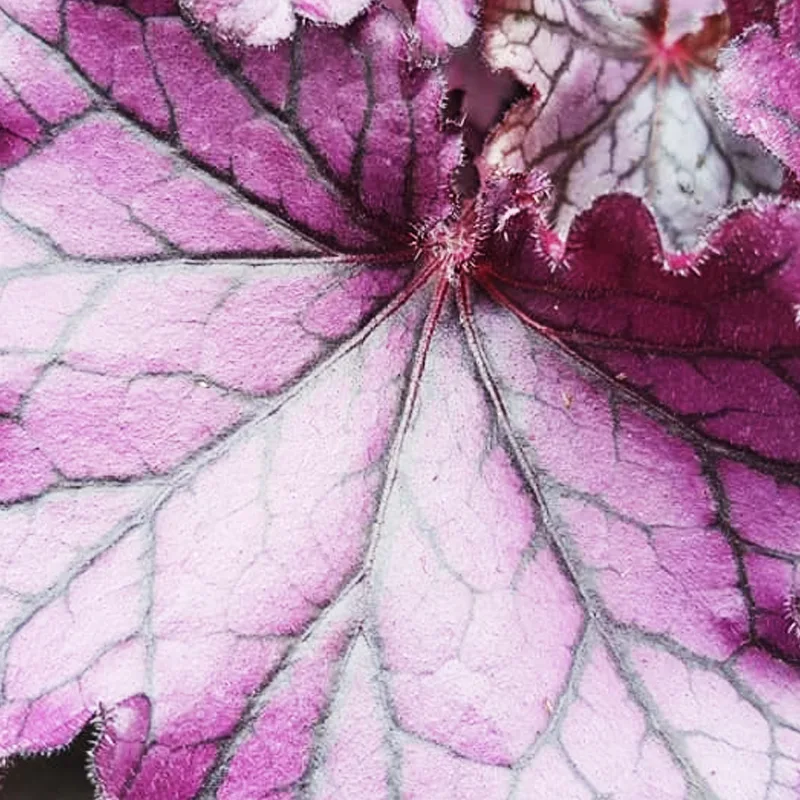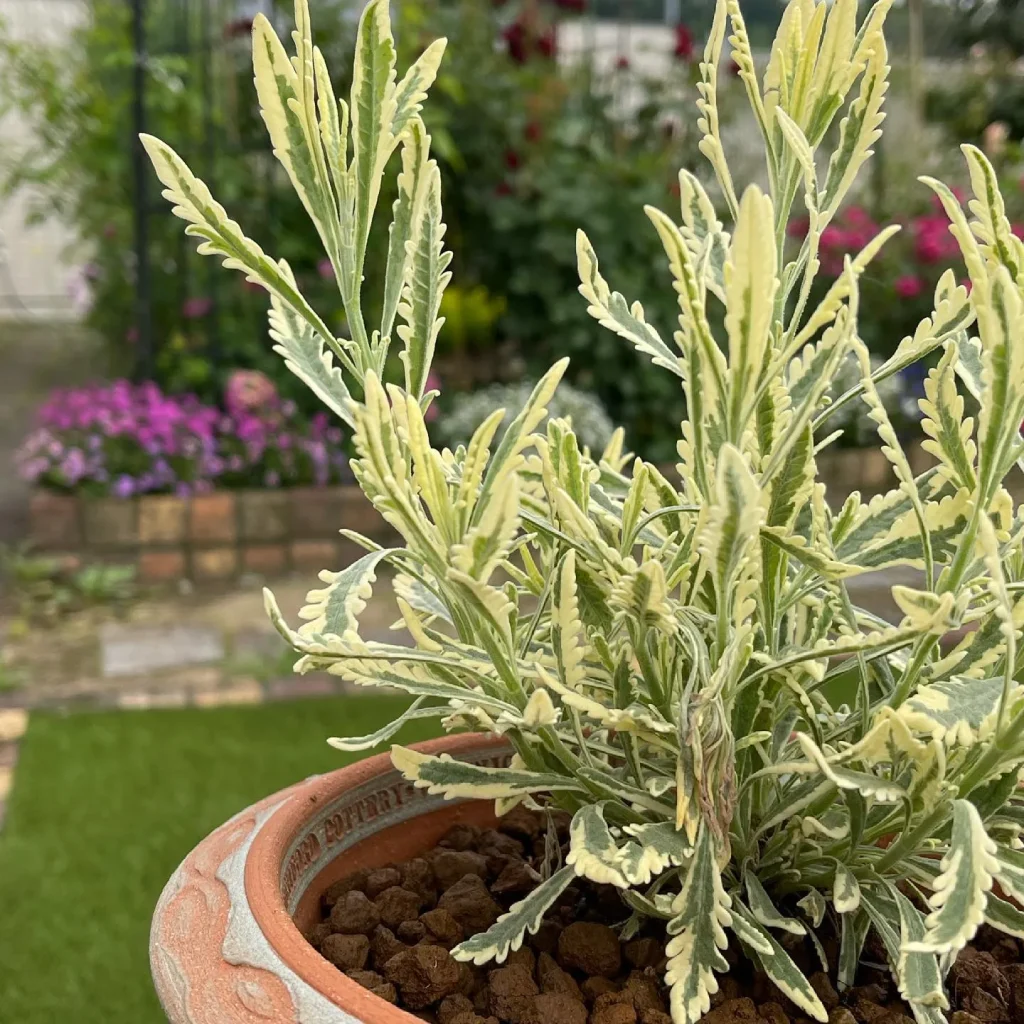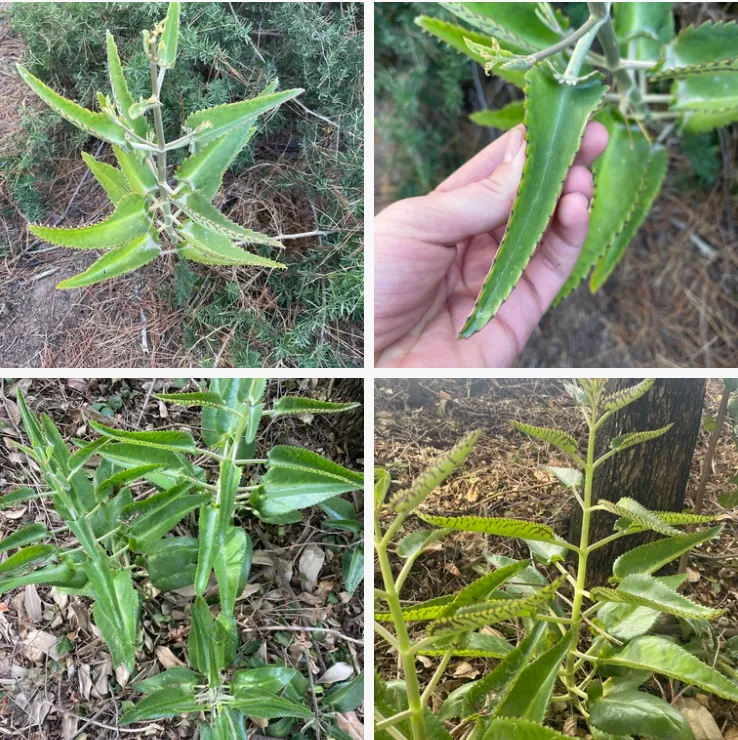Puya: My Fascination with the Queen of the Andes
The first time I saw a Puya, I was trekking through the high Andes. There it was, this incredible plant, like something out of a Dr. Seuss book, rising out of the harsh, rocky landscape. Its spiky leaves and towering flower stalk seemed to defy the very elements. I was hooked. I had to learn more.
Now, years later, my fascination with Puya has only grown. These plants, belonging to Bromeliaceae – the bromeliad family, are truly remarkable. They’re not your typical houseplant bromeliads, though. They’re tough, resilient, and adapted to some of the most extreme environments on Earth.
A Diverse Genus
Puya is a diverse genus, with over 200 species. They range in size from small, ground-hugging rosettes to giants that can reach over 30 feet tall. Some of the most well-known species include:
- Puya adscendens L.B.Sm.
- Puya aequatorialis André
- Puya alata L.B.Sm.
- Puya alba L.B.Sm.
- Puya alpestris (Poepp.) Gay Plant FAQs: Puya Alpestris – Sapphire Tower Plant
- Puya alpicola L.B.Sm.
- Puya angelensis E.Gross & Rauh
- Puya angulonis L.B.Sm.
- Puya angusta L.B.Sm.
- Puya antioquensis L.B.Sm. & Read
- Puya araneosa L.B.Sm.
- Puya argentea L.B.Sm.
- Puya aristeguietae L.B.Sm.
- Puya assurgens L.B.Sm.
- Puya atra L.B.Sm.
- Puya barkleyana L.B.Sm.
- Puya bermejana S.E.Gómez, Slanis & A.Grau
- Puya × berteroniana Mez
- Puya bicolor Mez
- Puya boliviensis Baker
- Puya boopiensis R.Vásquez, Ibisch & R.Lara
- Puya boyacana Cuatrec.
- Puya brachystachya (Baker) Mez
- Puya brackeana Manzan. & W.Till
- Puya bravoi Aráoz & A.Grau
- Puya brittoniana Baker
- Puya cahuachensis A.Galán, J.Montoya, Vicente Orell. & E.Linares
- Puya cajasensis Manzan. & W.Till
- Puya cardenasii L.B.Sm.
- Puya cardonae L.B.Sm.
- Puya casmichensis L.B.Sm.
- Puya castellanosii L.B.Sm.
- Puya cerrateana L.B.Sm.
- Puya chilensis Molina
- Puya claudiae Ibisch, R.Vásquez & E.Gross
- Puya clava-herculis Mez & Sodiro
- Puya cleefii L.B.Sm. & Read
- Puya cochabambensis R.Vásquez & Ibisch
- Puya coerulea Lindl.
- Puya colcaensis Treviño, Quip. & Gouda
- Puya commixta L.B.Sm.
- Puya compacta L.B.Sm.
- Puya coriacea L.B.Sm.
- Puya cristata L.B.Sm.
- Puya cryptantha Cuatrec.
- Puya ctenorhyncha L.B.Sm.
- Puya cuatrecasasii L.B.Sm.
- Puya cuevae Manzan. & W.Till
- Puya cylindrica Mez
- Puya dasylirioides Standl.
- Puya densiflora Harms
- Puya depauperata L.B.Sm.
- Puya dichroa L.B.Sm. & Read
- Puya dodsonii Manzan. & W.Till
- Puya dolichostrobila Harms
- Puya donneriana R.Vásquez, Altam. & Ibisch
- Puya dyckioides (Baker) Mez
- Puya elviragrossiae R.Vásquez & Ibisch
- Puya entre-riosensis Ibisch & E.Gross
- Puya erlenbachiana Ibisch & R.Vásquez
- Puya eryngioides André
- Puya exigua Mez
- Puya exuta L.B.Sm. & Read
- Puya fastuosa Mez
- Puya ferox Mez
- Puya ferreyrae L.B.Sm.
- Puya ferruginea (Ruiz & Pav.) L.B.Sm.
- Puya fiebrigii Mez
- Puya floccosa (Linden) É.Morren ex Mez
- Puya fosteriana L.B.Sm.
- Puya fulgens L.B.Sm.
- Puya furfuracea (Willd.) L.B.Sm.
- Puya gargantae L.B.Sm.
- Puya gerd-muelleri W.Weber
- Puya gerdae W.Weber
- Puya gigas André
- Puya gilmartiniae G.S.Varad. & A.R.Flores
- Puya glabrescens L.B.Sm.
- Puya glandulosa L.B.Sm.
- Puya glareosa L.B.Sm.
- Puya glaucovirens Mez
- Puya glomerifera Mez & Sodiro
- Puya goudotiana Mez
- Puya gracilis L.B.Sm.
- Puya grafii Rauh
- Puya grandidens Mez
- Puya grantii L.B.Sm.
- Puya grubbii L.B.Sm.
- Puya guaramacalana Stergios, Caracas, Dorr & S.M.Niño
- Puya gutteana W.Weber
- Puya hamata L.B.Sm.
- Puya harmsii (A.Cast.) A.Cast.
- Puya harry-lutheri Gouda
- Puya herrerae Harms
- Puya herzogii Wittm.
- Puya hirtzii Manzan. & W.Till
- Puya hofstenii Mez
- Puya horrida L.B.Sm. & Read
- Puya hortensis L.B.Sm.
- Puya hoxeyi Janeba
- Puya hromadnikii Rauh
- Puya huancavelicae L.B.Sm.
- Puya humilis Mez
- Puya hutchisonii L.B.Sm.
- Puya ibischii R.Vásquez
- Puya iltisiana L.B.Sm.
- Puya isabellina Mez
- Puya joergensenii H.Luther
- Puya killipii Cuatrec.
- Puya kuntzeana Mez
- Puya laccata Mez
- Puya lanata (Kunth) Schult. & Schult.f.
- Puya lanuginosa (Ruiz & Pav.) Schult. & Schult.f.
- Puya larae R.Vásquez & Ibisch
- Puya lasiopoda L.B.Sm.
- Puya laxa L.B.Sm.
- Puya lehmanniana L.B.Sm.
- Puya leptostachya L.B.Sm.
- Puya lilloi A.Cast.
- Puya lineata Mez
- Puya llatensis L.B.Sm.
- Puya loca Madriñán
- Puya lokischmidtiae R.Vásquez & Ibisch
- Puya longisepala Mez
- Puya longispina Manzan. & W.Till
- Puya longistyla Mez
- Puya lopezii L.B.Sm.
- Puya lutheri W.Till
- Puya macbridei L.B.Sm.
- Puya macropoda L.B.Sm.
- Puya macrura Mez
- Puya maculata L.B.Sm.
- Puya mariae L.B.Sm.
- Puya medica L.B.Sm.
- Puya membranacea L.B.Sm.
- Puya meziana Wittm.
- Puya micrantha Mez
- Puya mima L.B.Sm. & Read
- Puya minima L.B.Sm.
- Puya mirabilis (Mez) L.B.Sm.
- Puya mitis Mez
- Puya mollis Baker ex Mez
- Puya mucronata Manzan.
- Puya nana Wittm.
- Puya navarroana Manzan. & W.Till
- Puya nigrescens L.B.Sm.
- Puya nitida Mez
- Puya nivalis Baker
- Puya novarae G.S.Varad. ex Gómez Rom. & A.Grau
- Puya nutans L.B.Sm.
- Puya obconica L.B.Sm.
- Puya occidentalis L.B.Sm.
- Puya ochroleuca Betancur & Callejas
- Puya olivacea Wittm.
- Puya oxyantha Mez
- Puya pachyphylla R.Vásquez & Ibisch
- Puya parviflora L.B.Sm.
- Puya pattersoniae Manzan. & W.Till
- Puya paupera Mez
- Puya pearcei (Baker) Mez
- Puya pendula Aguirre-Santoro, Betancur & Ordóñez-Blanco
- Puya penduliflora L.B.Sm.
- Puya pichinchae Mez & Sodiro
- Puya pitcairnioides L.B.Sm.
- Puya pizarroana R.Vásquez, Ibisch & S.Beck
- Puya ponderosa L.B.Sm.
- Puya potosina L.B.Sm.
- Puya pratensis L.B.Sm.
- Puya prosanae Ibisch & E.Gross
- Puya pseudoeryngioides H.Luther
- Puya pusilla H.Luther
- Puya pygmaea L.B.Sm.
- Puya pyramidata (Ruiz & Pav.) Schult. & Schult.f.
- Puya raimondii Harms
- Puya ramonii L.B.Sm.
- Puya ramosissima ined.
- Puya rauhii L.B.Sm.
- Puya reducta L.B.Sm.
- Puya reflexiflora Mez
- Puya retrorsa Gilmartin
- Puya riparia L.B.Sm.
- Puya robin-fosteri G.S.Varad. & H.Luther
- Puya roezlii É.Morren
- Puya roldanii Betancur & Callejas
- Puya roseana L.B.Sm.
- Puya rusbyi (Baker) Mez
- Puya sagasteguii L.B.Sm.
- Puya sanctae-crucis (Baker) L.B.Sm.
- Puya sanctae-martae L.B.Sm.
- Puya santanderensis Cuatrec.
- Puya santosii Cuatrec.
- Puya secunda L.B.Sm.
- Puya sehuencasensis R.Vásquez, Ibisch & R.Lara
- Puya serranoensis Rauh
- Puya silvae-baccae L.B.Sm. & Read
- Puya simulans L.B.Sm.
- Puya smithii A.Cast.
- Puya sodiroana Mez
- Puya solomonii G.S.Varad.
- Puya spathacea (Griseb.) Mez
- Puya stenothyrsa (Baker) Mez
- Puya stipitata L.B.Sm.
- Puya strobilantha Mez
- Puya textoragicolae W.Weber
- Puya thomasiana André
- Puya tillii Manzan.
- Puya tovariana L.B.Sm.
- Puya trianae Baker
- Puya tristis L.B.Sm.
- Puya trollii L.B.Sm.
- Puya tuberosa Mez
- Puya tunarensis Mez
- Puya tyleriana Sagást., Zapata & M.O.Dillon
- Puya ugentiana L.B.Sm.
- Puya ultima L.B.Sm.
- Puya valida L.B.Sm.
- Puya vallo-grandensis Rauh
- Puya vargasiana L.B.Sm.
- Puya vasquezii Ibisch & E.Gross
- Puya venezuelana L.B.Sm.
- Puya venusta (Baker) Phil.
- Puya vervoorstii Gómez Rom. & A.Grau
- Puya vestita André
- Puya volcanensis A.Cast.
- Puya weberbaueri Mez
- Puya weberiana É.Morren ex Mez
- Puya weddelliana (Baker) Mez
- Puya werneriana Read & L.B.Sm.
- Puya westii L.B.Sm.
- Puya wrightii L.B.Sm.
- Puya wurdackii L.B.Sm.
- Puya yakespala A.Cast.
Adaptations to Extremes
What truly sets Puya apart are its adaptations. These plants thrive in environments that would kill most other species. They can withstand intense sunlight, freezing temperatures, and strong winds. Their leaves are often covered in spines or trichomes, which help to reduce water loss and deter herbivores.
One of the most interesting adaptations of some Puya species is their ability to trap and kill small animals. Their spiny leaves can ensnare birds and small mammals, which eventually decompose at the base of the plant, providing it with nutrients. While this might seem a bit gruesome, it’s a clever strategy for survival in nutrient-poor environments.
Conservation Concerns
Despite their hardiness, many Puya species are facing threats. Habitat loss due to agriculture and development is a major concern. Climate change is also likely to impact these plants, as it alters temperature and precipitation patterns in their native habitats.
Several organizations are working to conserve Puya, including botanical gardens and research institutions. Seed collection and ex-situ conservation efforts are underway to ensure the survival of these fascinating plants.
My Continued Exploration
My journey with Puya continues. I’m always eager to learn more about these incredible plants, their unique adaptations, and the challenges they face. I believe they hold valuable lessons about resilience, adaptation, and the interconnectedness of life.
Whether I’m trekking through the Andes or simply admiring a Puya in a botanical garden, I’m always struck by their beauty and tenacity. They are a reminder that life can flourish even in the most challenging circumstances.
If i die, water my plants!



